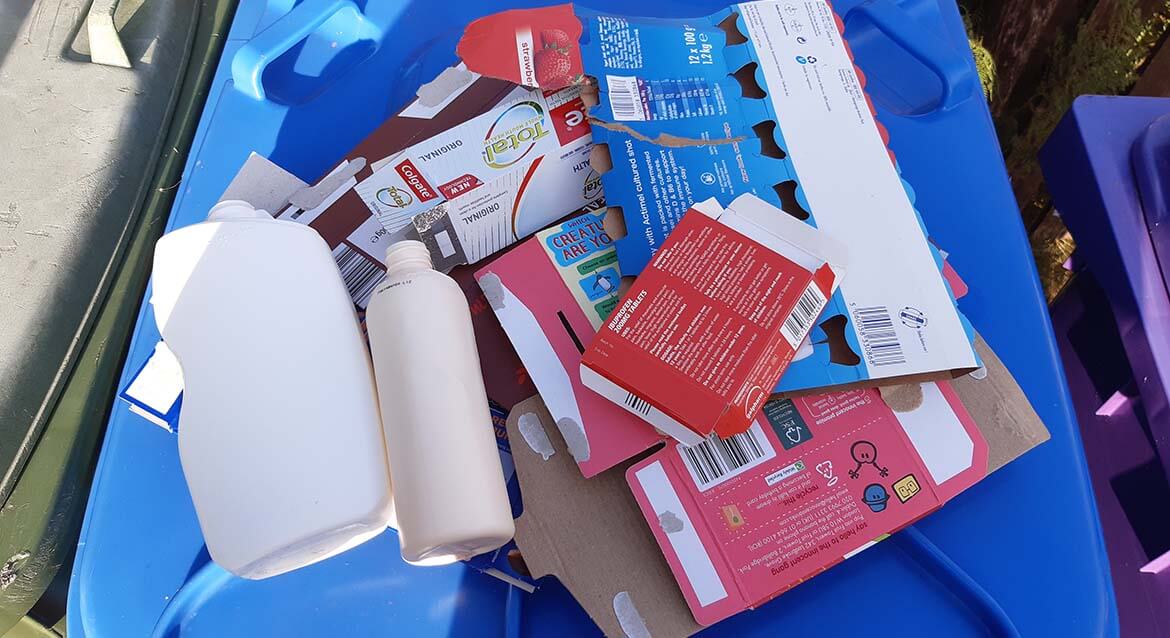
How to do a waste audit at home
Doing a waste audit is a great way to see what types of materials you most often throw away and just how much waste you actually have.
It will help you to see if you are recycling everything that you can, and show where you can make changes that will ultimately reduce the amount of waste you produce at home.
Before you get started
Check your local authority’s website to find out exactly what can and can’t be recycled in your area.
Decide how many days your waste audit will last. We'd suggest a week but it’s up to you.
Know what you are including in your waste audit e.g. everything or focusing on one type like plastic or non-recyclables.
Decide whether you’ll record as you go or tip out and sort through at the end of your waste audit.
Get the whole family involved and remind your household of what they need to do.
Download the waste audit log sheet for full details of how to carry out your audit.

Carrying out your waste audit
Use the log sheet to carry our your waste audit - you can fill it in online, print it off or draw out your own version.
When you start logging your items you can choose how you want to group them. An easy way would be to keep cardboard packaging together and separate others such as plastic bottles, yoghurt pots and plastic food trays into individual rows.
If you’re unsure whether an item can be recycled or not, check your local authority’s website. Putting stuff if in your recycling bin in the hope that it will be recycled can create various problems in the recycling process and risk the entire load being diverted to landfill.
Some items might be recyclable but not collected by your local authority so you might need to think about alternative recycling options like TerraCycle or trying to reduce the need for packaging in the future.
A waste audit is a great way to see what types of materials you most often throw away and just how much waste you actually have. #HowToWasteLess

Leave the final column ‘the next step to zero waste’ until you have completed your waste audit. Then look to identify at least one improvement you can make on each waste item you have categorised.
What next?
Little changes go a long way. Decide what your next steps are and what improvements you want to focus on from the things you have identified as next steps.
Try challenging yourself with a bigger goal to reduce the overall number of non-recyclable items. Carry out a waste audit monthly or quarterly and track your progress.
Get sharing
We’d love to see your waste audit in action and hear about your achievements! Share your photos and results with us on social media - @HowToWasteLess.
